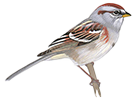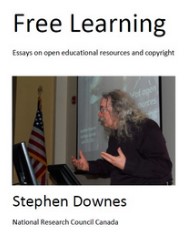According to Google, I'm the first to say this: classes aren't causes.
Let me explain what I mean. This article asks what makes a theory 'deep', as opposed to superficial. The authors suggest, "superficial theories have minimal explanatory content, whereas deep theories have excess explanatory content." An explanation typically involves a causal relationship, but the authors use this formulation to allow for classes of things - functions, dispositions, categories - to describe causes. As in, for example, "poison causes death." But the property of 'being a poison' isn't what makes a thing cause death. That's just a classification of a substance, a way of describing it. We may as well say 'skull and crossbones cause death'. So I say "classes aren't causes." For me, a 'deep' theory describes a specific mechanism where actual interactions between one thing and another cause a specific effect. Such explanations may be generalized, but the generalization forms no part of the explanation. In my view.
Today: Total: Jeremy Pober, Eric Schwitzgebel, The Splintered Mind, 2025/05/02 [Direct Link]




